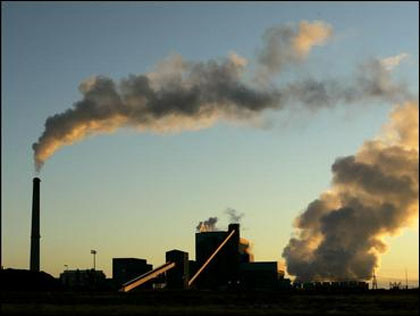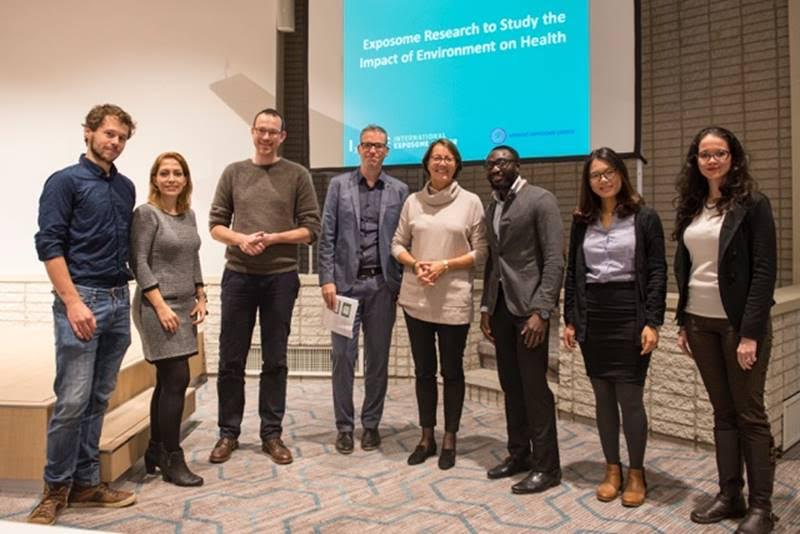
AirSENCE, a portable air pollutant sensor developed by Dr. Jeffrey Brook and Dr. Greg Evans, is profiled in the tenth issue of Success Stories. The publication is produced by AllerGen NCE Inc. (AllerGen), the Allergy, Genes and Environment Network—one of Canada’s Networks of Centres of Excellence (NCE).
Real-time fluctuations in air pollution levels can now be provided through a portable air quality monitor developed by Dr. Jeffrey Brook, a senior scientist at Environment Canada and an assistant professor at The University of Toronto (UofT), and colleague Dr. Greg Evans, a professor in Department of Chemical Engineering & Applied Chemistry at UofT.
Known as AirSENCE (Air SENsor for Chemicals in the Environment), the device can be mounted almost anywhere to give both indoor and outdoor air quality readings. The device consists of a panel of sensors to detect the levels of five common air pollutants: nitrogen oxides, ozone, carbon monoxide, carbon dioxide, and particulate matter. Dr. Brook says AirSENCE is a smart device that can translate the air quality to give an overall estimate of one’s personal environment’s air quality health index (AQHI).
Before the device was developed, Dr. Brook and other researchers who wanted to better understand the impact of early life exposure to traffic pollution on the development of allergies and asthma in children relied on collecting questionnaires, biological samples, and detailed data on air pollutants, house dust and chemicals in the home.
Dr. Evans has likened AirSENCE to that of a souped-up smoke detector or carbon monoxide sensor that can measure multiple pollutants at once. The AirSENCE monitors were launched as a pilot project during Toronto’s 2015 Pan Am and Parapan Am Games. The monitors were placed near athletic venues across Toronto and hourly AQHI readings and concentrations of air pollutants over the previous three days could be viewed on an interactive online map.
The next field testing of AirSENCE will take place between 2016 and 2019 at the University of Peking and other sites across Beijing. Aside from being a top research institution, Dr. Evans says the decision to evaluate the monitors in Beijing was because of the growing interest in measuring pollution levels in China. Moreover, the Beijing results could be compared to the Canadian data.
Dr. Evans and Dr. Brooks envision that accurate information about air pollution could influence the zoning of new schools, daycare centers, and retirement homes in the future. The data may even be used to help individuals choose their routes to work, and give feedback on the air that’s being breathed in at any location.










